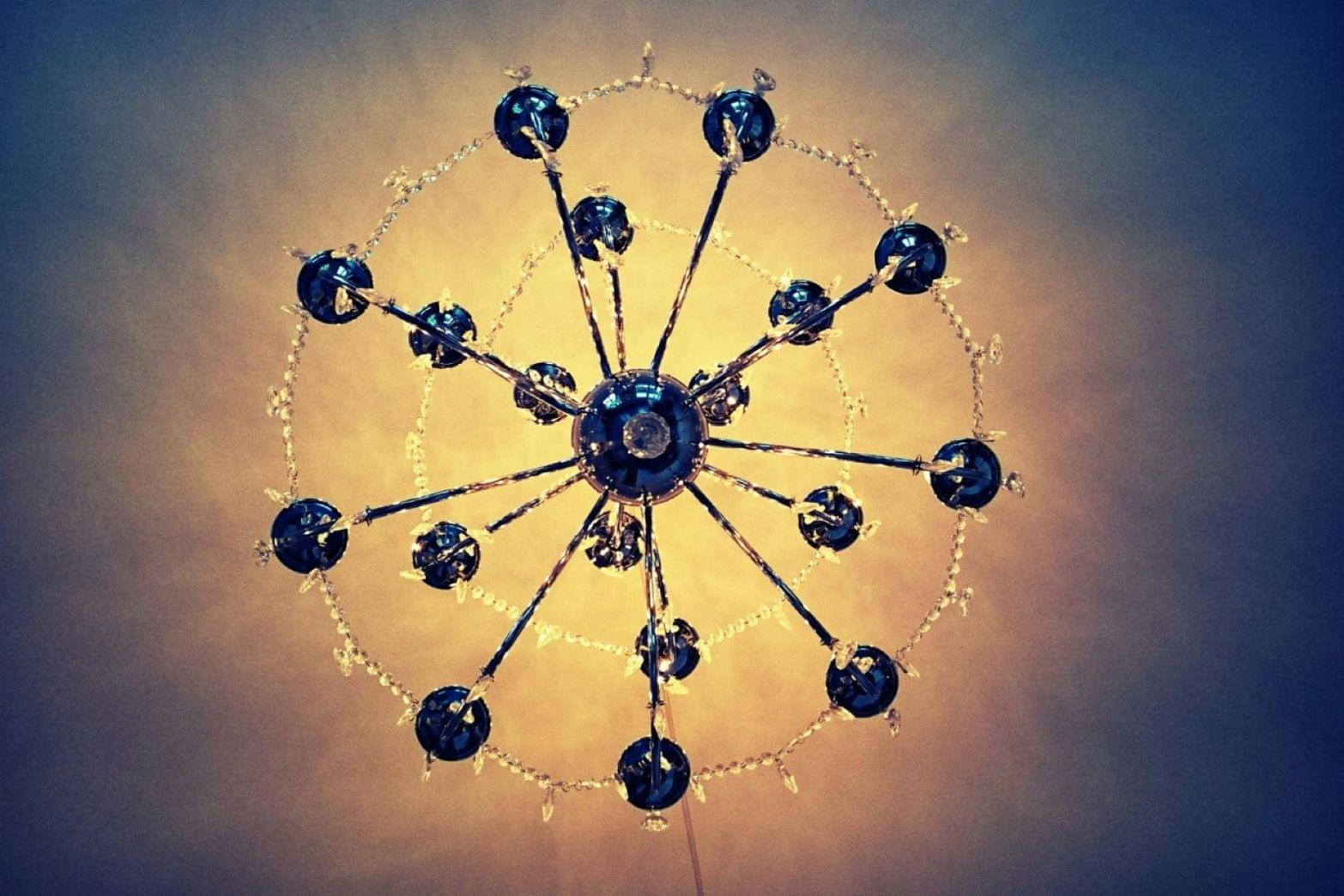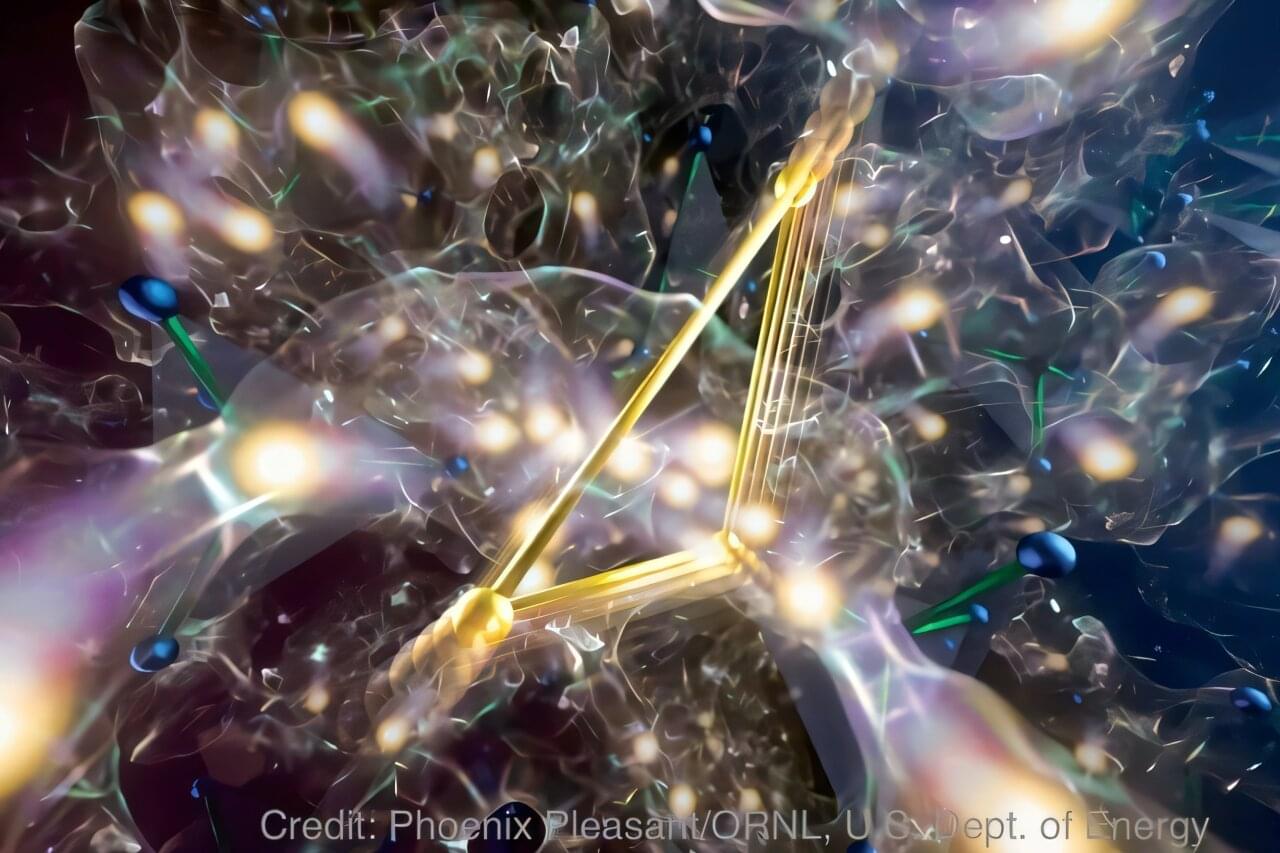Mathematical methods point to possibility of particles long thought impossible.


BIG Projects To Solve Pressing Issues In Science — Dr. Christopher Stubbs, Ph.D. — Professor of Physics and Astronomy, Harvard University.
Dr. Christopher Stubbs, Ph.D. is the Samuel C. Moncher Professor of Physics and Astronomy, and has recently served as the Dean of Science in the Faculty of Arts and Sciences, at Harvard University (https://astronomy.fas.harvard.edu/peo…
Dr. Stubbs is an experimental physicist working at the interface between particle physics, cosmology and gravitation. His interests include experimental tests of the foundations of gravitational physics, searches for dark matter, characterizing the dark energy, and observational cosmology.
Dr. Stubbs was a member of one of the two teams that first discovered dark energy by using supernovae to map out the history of cosmic expansion.
Dr. Stubbs is currently heavily engaged in the construction of the Large Synoptic Survey Telescope (LSST), for which he was the inaugural project scientist. He founded the APOLLO collaboration that is using lunar laser ranging and the Earth-Moon-Sun system to probe for novel gravitational effects that may result from physics beyond the standard model.

However, a new study proves that hydrogen bonds can effectively link spin centers, enabling easier assembly of molecular spin qubits. This discovery could transform quantum material development by leveraging supramolecular chemistry.
A Light-Driven Approach to Spin Qubits
Qubits are the fundamental units of information in quantum technology. A key challenge in developing practical quantum applications is determining what materials these qubits should be made of. Molecular spin qubits are particularly promising for molecular spintronics, especially in quantum sensing. In these systems, light can stimulate certain materials, creating a second spin center and triggering a light-induced quartet state.

How can the latest technology, such as solar cells, be improved? An international research team led by the University of Göttingen is helping to find answers to questions like this with a new technique. For the first time, the formation of tiny, difficult-to-detect particles—known as dark excitons—can be tracked precisely in time and space. These invisible carriers of energy will play a key role in future solar cells, LEDs and detectors. The results are published in Nature Photonics.
Dark excitons are tiny pairs made up of one electron together with the hole it leaves behind when it is excited. They carry energy but cannot emit light (hence the name “dark”). One way to visualize an exciton is to imagine a balloon (representing the electron) that flies away and leaves behind an empty space (the hole) to which it remains connected by a force known as a Coulomb interaction. Researchers talk about “particle states” that are difficult to detect but are particularly important in atomically thin, two-dimensional structures in special semiconductor compounds.
In an earlier publication, the research group led by Professor Stefan Mathias from the Faculty of Physics at the University of Göttingen was able to show how these dark excitons are created in an unimaginably short time and describe their dynamics with the help of quantum mechanical theory.

Superionic materials are a class of materials that simultaneously present properties that are characteristic of solids and liquids. Essentially, a set of ions in these materials exhibits liquid-like mobility, even if the materials’ underlying atomic structure maintains a solid-like order.
Due to their unique ionic conductivity patterns, superionic materials could be promising for developing solid-state batteries. These are batteries that contain electrolytes based on solid materials instead of liquid electrolytes.
While various past studies have explored the potential of superionic materials as solid-state electrolytes, the physics underpinning their rapid ionic diffusion is not yet fully understood. Specifically, it is unclear whether this property results from liquid-like motion in the material or from the conventional lattice phonons (i.e., atom vibrations) in the material.


Researchers from Kyushu University, Japan have revealed how a special type of force within an atom’s nucleus, known as the three-nucleon force, impacts nuclear stability. The study, published in Physics Letters B, provides insight into why certain nuclei are more stable than others and may help explain astrophysical processes, such as the formation of heavy elements within stars.
All matter is made of atoms, the building blocks of the universe. Most of an atom’s mass is packed into its tiny nucleus, which contains protons and neutrons (known collectively as nucleons). Understanding how these nucleons interact to keep the nucleus stable and in a low energy state has been a central question in nuclear physics for over a century.
The most powerful nuclear force is the two–nucleon force, which attracts two nucleons at long range to pull them together and repels at short range to stop the nucleons from getting too close.

A Franco-German research team, including members from the University of Freiburg, shows that supramolecular chemistry enables efficient spin communication through hydrogen bonds. The work is published in the journal Nature Chemistry.
Qubits are the basic building blocks of information processing in quantum technology. An important research question is what material they will actually consist of in technical applications. Molecular spin qubits are considered promising qubit candidates for molecular spintronics, in particular for quantum sensing. The materials studied here can be stimulated by light; this creates a second spin center and, subsequently, a light-induced quartet state.
Until now, research has assumed that the interaction between two spin centers can only be strong enough for successful quartet formation if the centers are covalently linked. Due to the high effort required to synthesize covalently bonded networks of such systems, their use in application-related developments in the field of quantum technology is severely limited.

Scientists at the PHENIX experiment at RHIC have uncovered compelling evidence that even collisions involving small nuclei with large ones can produce tiny droplets of quark-gluon plasma.
Plasma is one of the four fundamental states of matter, along with solid, liquid, and gas. It is an ionized gas consisting of positive ions and free electrons. It was first described by chemist Irving Langmuir in the 1920s.
